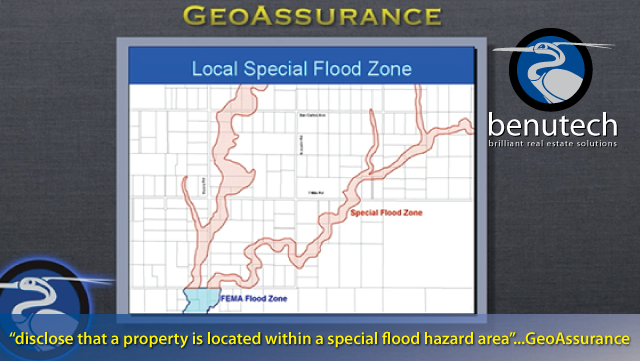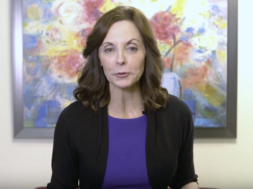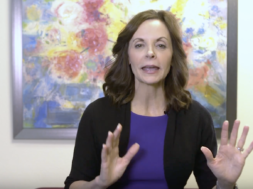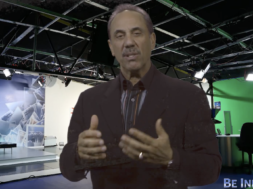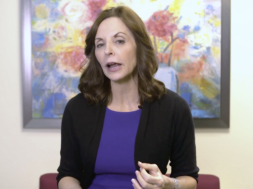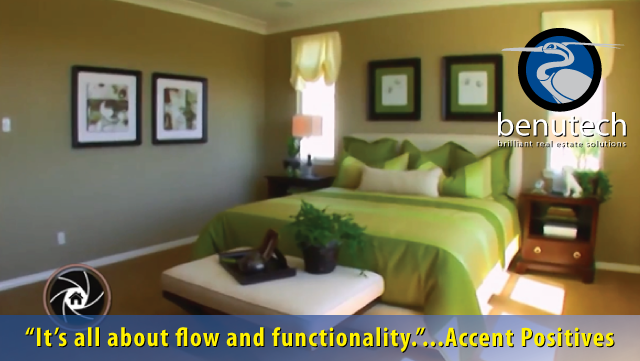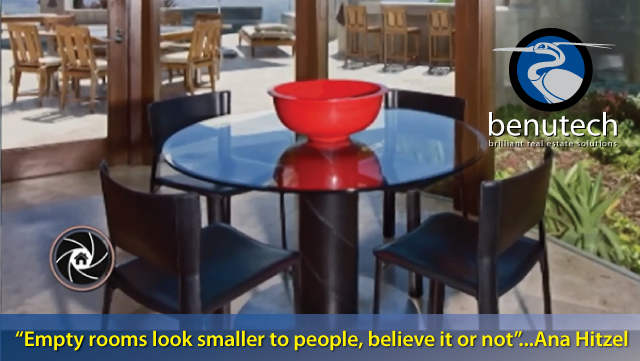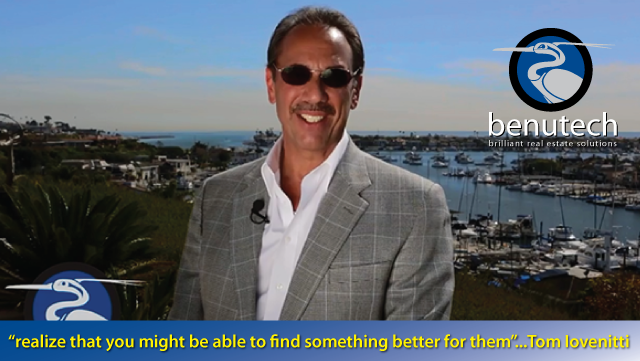Several times a year, we see images on the news from across the country of peoples’ homes flooded. This doesn’t stop people from building in flood zones, and so, when you’re looking to buy property, it’s important to know whether it falls in a flood zone. In this educational video from GeoAssurance president Ralph Kephart, you’ll learn about the differences between FEMA and local flood zones, how to appeal a flood zone designation when the structure itself is not threatened, and other important information you should know about flood zones.
Welcome. My name is Ralph Kephart, and I’m the president of GeoAssurance. FEMA and local flood zones. This is the first in a series of mini-classes I’ll be giving on natural hazard disclosures.
California law requires that a person acting as agent or the seller without an agent must disclose to a prospective buyer that the property is located within a special flood hazard area, either A or V, requiring mandatory flood insurance. So let’s get started.
On this first slide, I’ve overlaid a FEMA flood zone on top of parcels and also showing buildings using our GIS system. You can see the accuracy. An important difference between California and FEMA: California law requires that we say “yes” on the Natural Hazard Disclosure Statement if any portion of the property is within the FEMA flood zone. FEMA, however, insures the structures, so if the structure is outside the FEMA flood zone, or above the base flood elevation, mandatory flood insurance may not be required.
Condominiums. If any portion of the property or building is located within the FEMA flood zone, again, we must say “yes,” even though the unit you’re looking at might be up here. It is important that you check with the homeowner’s association of the condominium project to verify the policy limits and coverage. Also, check with your lender and your local insurance agent.
Let’s look at another situation, right here. Notice, this house is barely within the FEMA flood zone. Could it be removed? Perhaps. That would require applying to FEMA for a Letter of Map Amendment or LOMA. This removes the structure or property from the flood zone. Some properties and structures on natural ground may be at or above the elevation of the 100 year flood zone. This elevation is most commonly referred to as the “Base Flood Elevation” or BFE. FEMA verifies that the applicant’s land, or at least the land immediately adjacent to the structure, is high enough to be above the Base Flood Elevation. This verification and submittal must be done by a licensed land surveyor or a registered civil engineer. A Letter of Map Change is issued if the structure is above the FEMA flood zone.
Let’s look at an example. This is a FEMA map showing a FEMA flood zone, zone AE. We’re going to look at a house right here. This little wavy line right here is the Base Flood Elevation 286. So what I did was overlay, again, the FEMA flood zone on top of the parcels. This is that little wavy line you saw, the Base Flood Elevation 286. The house is located right here. The lowest adjacent grade for the house was 287.4, almost a foot and a half above the FEMA flood zone. So the owner was able to have the structure removed from the FEMA flood zone. It is now in Zone X, so he is paying the same rate as properties not within that FEMA flood zone.
Ok. Let’s look at a different situation. Cities and counties in California may impose their own requirements. These red areas are Special Flood Zones, and they are adopted by the county. It is not a FEMA flood zone, not requiring mandatory flood insurance, but the county may require mitigation measures be taken if you wanted to build a house, for example, on this lot, you may have to raise the pad above the flood elevation.
Another situation we have in California, Santa Clara County, “Special Flood Zone Due to Dike or Levee Failure.” This is the flood area. Owners must be notified by local ordinance if they are within this special flood zone.
We at GeoAssurance take pride in our customer service, and we work with our clients to help mitigate flood measures as you saw in this presentation. If you have any questions, would like additional information, please feel free to give us a call at 888-806-1088, or email us at info at geoassurance dot com. Thank you.
Welcome back. Thank you, I hope you learned something from the class. If you have any questions, or any problems, please feel free to give us a call. Thank you.





